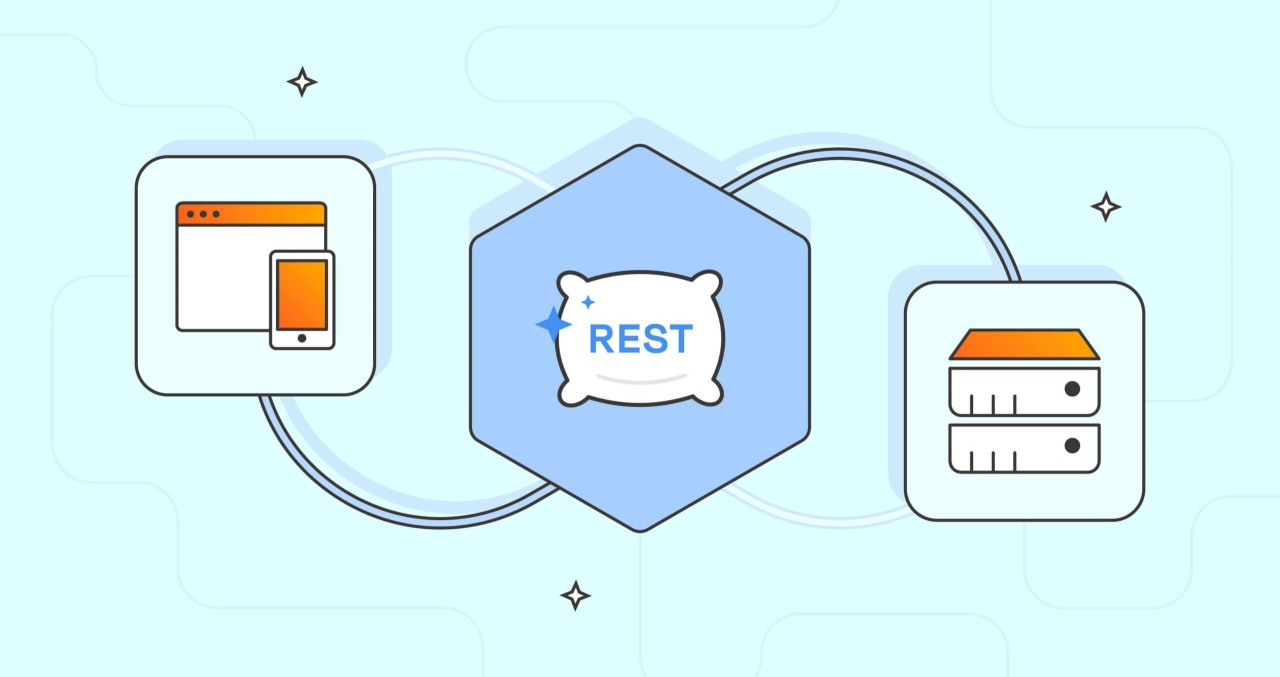
Why Not All APIs Are REST APIs
In the modern software ecosystem, the term “API” is frequently used as a synonym for “REST API,” but this generalization is misleading. While REST has become a popular and effective architectural style for building APIs, it is not the only approach—nor is every HTTP-based API automatically RESTful. Understanding the difference can help developers make better design decisions and maintain scalable, predictable systems.

What Is an API, Really?
At its core, an API (Application Programming Interface) is a contract. It defines how software components should interact. This interaction might happen between two applications on the same machine, or across the internet. APIs can use many different protocols and styles—such as REST, GraphQL, gRPC, SOAP, or RPC—depending on the use case.
Think of an API like a restaurant menu. The customer (client) doesn’t need to know how the food is prepared in the kitchen (server); they just need to know what they can order and how to request it. REST defines a certain way to structure that menu and the kitchen processes.
What Makes an API RESTful?
REST (Representational State Transfer) is an architectural style introduced by Roy Fielding in his doctoral dissertation. REST is not a protocol but a set of constraints that guide how an API should be structured and behave. A truly RESTful API must adhere to these principles:
- Statelessness: Each request must contain all the necessary information, with no reliance on previous interactions.
- Uniform Interface: Resources are manipulated through a consistent set of operations (e.g., GET, POST, PUT, DELETE).
- Resource-Based URIs: The endpoints should represent entities (e.g.,
/users/1) rather than actions (/getUser). - Representation: Resources can be represented in different formats (usually JSON or XML).
- Layered System: The API architecture can include intermediary layers, improving scalability and modularity.
What Happens When APIs Aren’t RESTful?
APIs that claim to be RESTful but break its rules often fall into what's known as "REST-like" or "RPC over HTTP" design. These APIs might work perfectly, but they lack the advantages REST was designed to provide:
- Unclear or inconsistent URI structure
- Verb-based endpoints such as
/getUseror/updateOrder - Harder to cache, document, or scale due to lack of predictable patterns
These patterns might be acceptable in tightly coupled systems or internal services, but for public APIs meant to scale or be consumed by third parties, a RESTful design offers better long-term maintainability.
Example of RESTful vs Non-RESTful Design
Non-RESTful:
POST /createUserGET /getUserById?id=123DELETE /removeUser?id=123
RESTful:
POST /usersGET /users/123DELETE /users/123
Why Structure Matters
APIs are contracts between services. If they are poorly structured, every new feature or change becomes harder to implement, and clients struggle to understand how to interact with the service. REST brings order and predictability through a resource-centric model, improving interoperability and reducing friction across teams.
Moreover, RESTful APIs benefit from HTTP caching mechanisms, status codes, and other features baked into the protocol, which non-standard APIs must reimplement manually or ignore altogether.
Are REST APIs Always the Best Choice?
Not necessarily. REST works well for many applications, especially CRUD-heavy systems like content platforms, ecommerce sites, and internal tooling. However, alternatives such as GraphQL or gRPC can be better suited for real-time data, complex relationships, or mobile-first applications where bandwidth is a concern.
Conclusion
While every RESTful API is an API, not every API is RESTful. The distinction matters because REST is not just a trend—it’s a design philosophy with real implications for scalability, maintainability, and developer experience. By aligning your APIs with REST principles, you’re not only building better systems, you’re also making life easier for everyone who will interact with them—now and in the future.